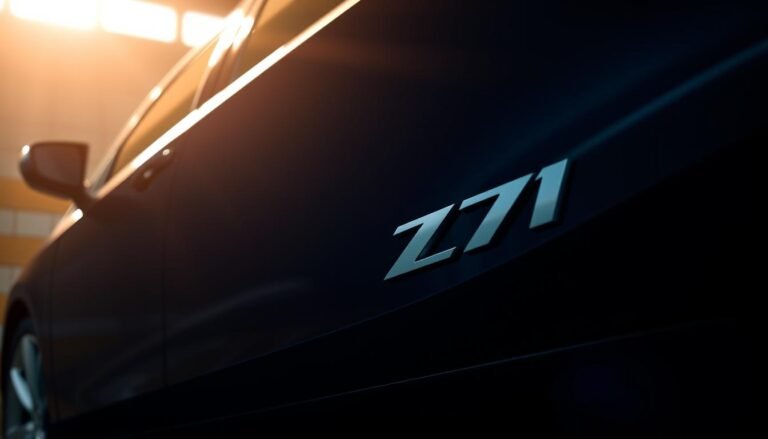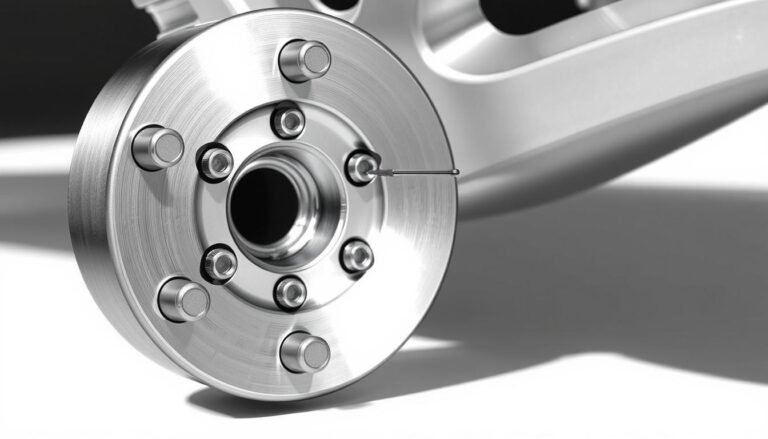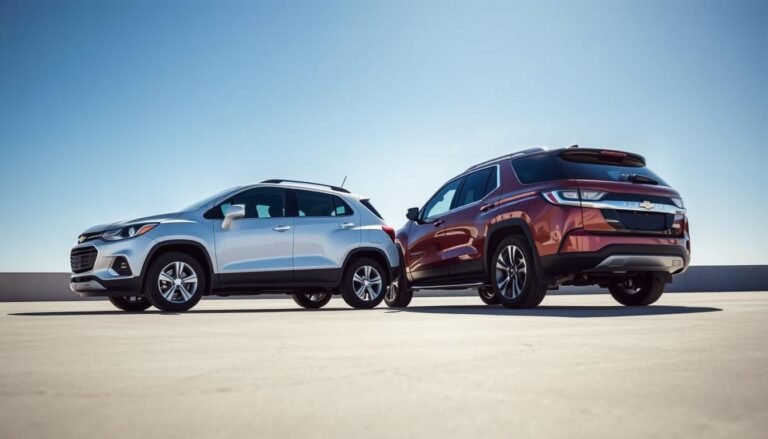Chevy Suburban Years To Avoid: Buyers’ Guide
Since 1935, the Chevy Suburban years to avoid has been a trusted vehicle. Yet, some models should be avoided. This guide helps you steer clear of costly repairs.
Knowing the issues, like oil problems and transmission failures, prevents future troubles. We’ll look into the Chevrolet Suburban’s history and spotlight the problematic years.
You’ll learn what makes some years risky buys. This knowledge lets you pick a reliable Suburban that lasts long.
Let’s get into the details to help you choose the right used Suburban. Your journey to find a reliable SUV begins now!
Introduction To The Chevy Suburban
The Chevy Suburban is a key player in American car history, being one of the oldest models around.
It’s known for having a lot of room inside and being very useful for different things. Since it started, it has changed a lot. It has been used by families and even the military.
This shows it can adapt and stay relevant, even as cars change fast. When you look into the Chevy Suburban, you’ll see it fits many needs.
It’s great for families because of its big seating area and space for stuff. Companies like it for being tough and working well.
It’s important to know what makes it good and the issues of some years if you’re thinking of buying one.
This info helps you make a smart choice when looking at this famous SUV.
Historical Overview of The Chevrolet Suburban
The Chevrolet Suburban began its journey in 1935. Since then, it has become a staple in the auto world.
Over time, the Suburban has evolved, keeping up with consumer desires and tech advancements. It went from a basic utility ride to a sleek, full-sized SUV.
With each of its twelve generations, the Chevy Suburban got better. It improved in towing power, safety, and space.
Thanks to these upgrades, the Suburban is now loved by families for its mix of flexibility and dependability.
The evolution of the Chevy Suburban is marked by major achievements. It got better engines and the newest tech to help drivers.
Chevrolet’s dedication to growth while honoring its history is clear in these changes.
Common Issues with The Chevy Suburban
Chevy Suburban owners have faced common problems over the years. These issues highlight the SUV’s reliability concerns.
Knowing them helps you make better choices when buying or maintaining your vehicle. Here are some Chevy Suburban problems you might run into.
Excessive Oil Consumption
Many Chevy Suburbans, especially those with the Vortec 5300 engine from 2010 to 2013, use too much oil.
Owners say their vehicles burn oil quickly, which could harm the engine if not fixed right away.
Watching your oil level and getting regular oil changes can help avoid this problem.
Transmission Failures
Transmission problems are common in Chevy Suburbans, especially the 2007 and 2009 models. These issues include slipping gears and delayed engagement.
They can lead to expensive repairs. Taking care of your transmission early and doing regular check-ups can make it last longer.
A/C and Power Issues
Many Suburban drivers have had trouble with their A/C and electrical systems. Issues with the air conditioning often come from faulty parts needing fixes or replacements.
These problems can make the car less comfortable and signal other electrical troubles.

Chevy Suburban Years To Avoid
When thinking about getting a Chevy Suburban, it’s important to know some years aren’t the best choice.
You should skip the 1999, 2001-2005, 2007-2009, and 2014-2016 models. These years are known for problems that can make repairs expensive and maintenance tough.
Overview of Problematic Models
The 1999 Chevy Suburban has big issues with its engine and transmission. The engine can stall and leak coolant.
The transmission might fail, and the heated seats could stop working. Fixing the engine could cost up to $5,800, and transmission repairs might be around $2,930.
Models from 2001 to 2005 are also troublesome. They might wear out early, leak oil, and the transmissions might fail.
Repairs for these problems can be costly, averaging $2,930 to $5,800. During 2007 to 2009, oil consumption was a big problem.
By 2009, fixing this issue could cost as much as $3,860. Transmission problems were also expensive to fix, with costs likely exceeding $3,860.
The 2014 to 2016 models kept up with the trend of reliability issues. Problems like excessive oil use and transmission failures were common.
Repair costs for these years averaged around $3,860 for both the engine and transmission.
Repair Costs and Considerations
It’s crucial to understand the repair costs for these chevy suburban problematic models before you buy.
Here’s a quick look at the average repair costs:
| Model Year | Engine Repair Cost | Transmission Repair Cost |
|---|---|---|
| 1999 | $5,800 | $2,930 |
| 2001-2005 | $5,800 | $2,930 |
| 2007 | Varies | $2,930 |
| 2008 | $3,480 | $2,930 |
| 2009 | $3,860 | $3,860 |
| 2014-2016 | $3,860 | $3,860 |
These numbers show what you might spend on repairs. To keep your car running smoothly, you might want to look for more reliable options.
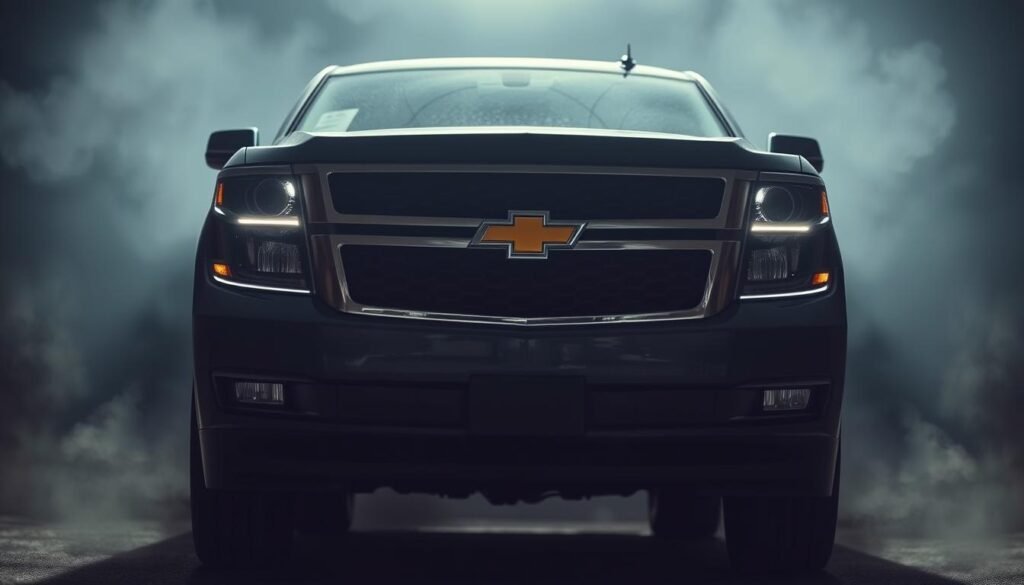
Problematic Generations of The Chevy Suburban
When looking at a Chevy Suburban, knowing about the problematic generations is key. The 9th and 10th generations have issues that could impact how you feel about the car.
Learning about these problems ahead of time can save you money and make sure you’re happy with your buy.
10th Generation (2007-2014) Overview
The 10th generation Suburban, made between 2007 and 2014, has a lot of issues reported by owners.
They’ve faced big problems like using up too much oil and the transmission breaking. These problems could mean expensive repairs and might affect the car’s performance.
If you’re thinking about this generation, be careful because of all the reported issues.
9th Generation (2000-2006) Issues
On the other hand, the 9th generation Suburban, made from 2000 to 2006, has its own set of problems.
Owners have complained about the electrical system and parts inside the car breaking down.
It’s not as bad as the next generation, but the 9th generation has troubles you should think about.
Knowing the differences between these generations can help you make a better choice when looking for a used Suburban.

| Generation | Production Years | Key Issues |
|---|---|---|
| 10th Generation | 2007-2014 | Excessive Oil Consumption, Transmission Failures |
| 9th Generation | 2000-2006 | Electrical Faults, Deteriorating Interior Components |
Least Reliable Chevy Suburban Years
Thinking about getting a Chevy Suburban? It’s crucial to know which years might cause headaches.
Some years have had more problems than others, from engine breakdowns to faulty electricals. To make a smart choice, you may want to avoid these certain years.
Identifying The Worst Years
The 2007 Chevy Suburban has a bad reputation, with 345 complaints recorded. The main issue? Transmission failure, typically around 83,000 miles. Repair costs can hit $2,900.
Besides, there’s trouble with the engine, like total failures or the car stopping suddenly after 100,000 miles. Fixing these can cost you a hefty $5,800 to $6,500.
And to top it off, they gulp down oil, pushing your maintenance bills up and risking engine damage.
Suburbans made from 2008 to 2016 also fall short on reliability. They come with problems like:
- Excessive Oil Consumption: The 5.3L Vortec 5300 engine often needs frequent checks to dodge serious engine damage.
- Transmission Failures: Some face transmission issues early on, leading to high repair costs.
- Cracked Dashboards: Cracks in dashboards cast doubt on the vehicle’s internal quality and longevity.
- Electrical Problems: Electrical issues, including shorts in the heated windshield washer system, can be safety hazards.
- Valve Lifter Failures: Faulty valve lifters can cause engine misfires and expensive fixes.
Specific Models To Avoid
Looking for reliable advice? Best to avoid Suburbans from the late 2000s to early 2010s.
The 2007 model, and those from 2008 to 2016, are flagged for frequent issues. These models could sour your driving experience and satisfaction.
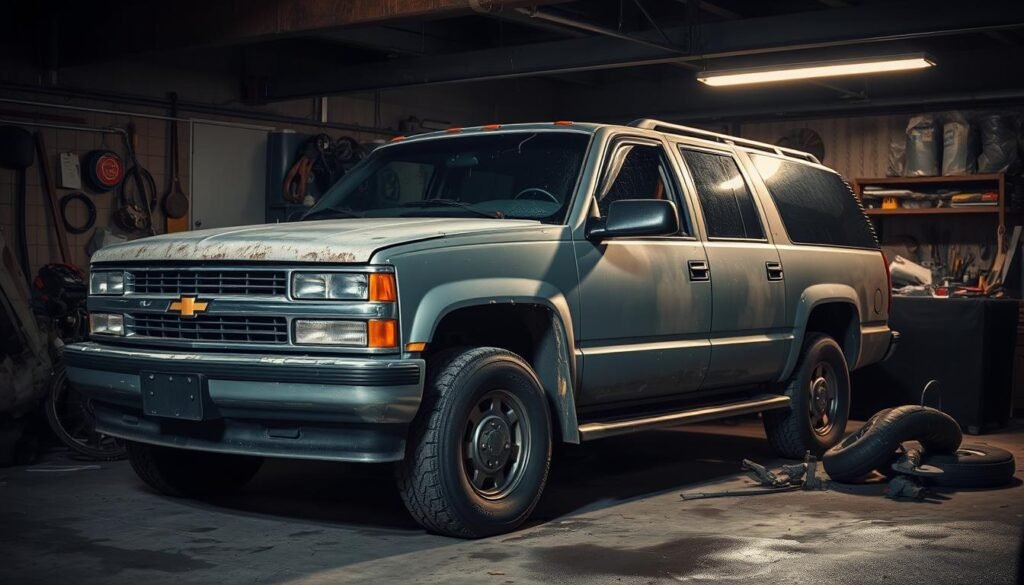
Best Years To Consider For Purchase
Looking for a Chevy Suburban? Know which years are best. Aim for models made between 1985-1998, 2006, 2010-2013, and 2017-2020.
These years have shown strong performance and few problems. The 2006 model is especially good, with the least recalls and complaints in its generation.
It boasts a powerful Vortec 5300 V8 engine and key safety features like airbags and stability control.
The Chevy Suburban has improved a lot over time, especially in safety and quality. For example, the 2010 model added cool safety features.
These include Bluetooth and a navigation system with a backup camera. From 2015 to 2020, the 11th generation offered big interiors and strong engines.
Safety remained a top priority. These top models are worth your money. If you’re checking out a used Chevy Suburban, focus on those reliable years.
Doing so improves safety and your driving experience. By following this advice, you’ll likely end up with a dependable car that meets your needs.
Factors To Consider When Buying A Used Suburban?
When you buy a used Chevy Suburban, looking into a few key things is important. The vehicle’s maintenance history is especially crucial.
It tells you how much the previous owner cared for it and what you might need to fix later. Make sure to use a detailed checklist during inspection to spot any hidden issues.
Maintenance History
Consider these points when checking the maintenance history:
- Regular oil changes and service records
- Recalls and repairs performed on the vehicle
- Previous accidents and how they were addressed
- Replacement of major components, such as the transmission or engine
Compromise these aspects helps you know the car’s past care and maintenance.
Inspection Checklist
Make sure to thoroughly inspect the Suburban before buying. Follow this checklist:
- Check all fluid levels, including oil, coolant, and transmission fluid.
- Inspect the engine for leaks and overall cleanliness.
- Evaluate the condition of the tires for even wear and adequate tread.
- Test the A/C and heating systems for functionality.
- Look for signs of rust or damage on the body and frame.
- Ensure all electronics, including windows and locks, are operational.
- Take the vehicle for a test drive to evaluate handling and comfort.
Reviewing these areas helps avoid future problems and ensures the car is worth its price.
Conclusion
Looking for a used Chevy Suburban can be tough because their reliability changes a lot over the years.
This detailed guide shows how to avoid the bad ones and find the good ones. With this info, you can pick a car that fits what you need.
It’s important to know about the issues some models have and which years are the best. This way, you can find a Suburban that’s safe and matches your lifestyle.
A good choice means having a car that’s both comfy and useful for a long time. In the end, making a smart choice, backed by solid data, can get you a strong Chevy Suburban.
Keep these tips in mind when you’re looking. And I hope your new car meets all your expectations for performance and reliability.
FAQs
What are the Chevy Suburban years to avoid?
Stay away from Chevy Suburban models from 1999, 2001-2005, 2007-2009, and 2014-2016. These have often been linked to engine and transmission failures, causing costly repairs.
What are the common issues found in problematic Chevrolet Suburban models?
The most common problems are excessive oil use, transmission breakdowns, and A/C issues. These are especially true for the 10th generation models made between 2007-2014.
Which Chevy Suburban generation is known for the most reliability?
Suburbans made from 1985-1998, and in the years 2006, 2010-2013, and 2017-2020 are known for being more reliable. They have fewer complaints.
What should I look for when buying a used Chevy Suburban?
When buying a used Suburban, review the car’s maintenance records carefully. Check the fluids, engine, and transmission. Look for any repair signs.
Are there specific models of the Chevrolet Suburban that are considered red flags?
Yes, the 2007 Suburban model is often mentioned for having lots of complaints and high repair costs. Also, be cautious with models from 2008 to 2016 because they have serious issues.
What are the repair costs typically associated with the problematic years of the Chevy Suburban?
Repairing models from bad years can cost a lot. Engine and transmission repairs usually mean paying thousands of dollars.
How can I ensure I am making a sound investment in a Chevy Suburban?
To make a good choice, look into the Suburban’s reliability history. Avoid the bad years and always inspect the car well before buying it.
What features should I prioritize in a reliable Chevy Suburban?
Look for strong safety features and quality improvements. Make sure the performance is good in the years known for being reliable.



